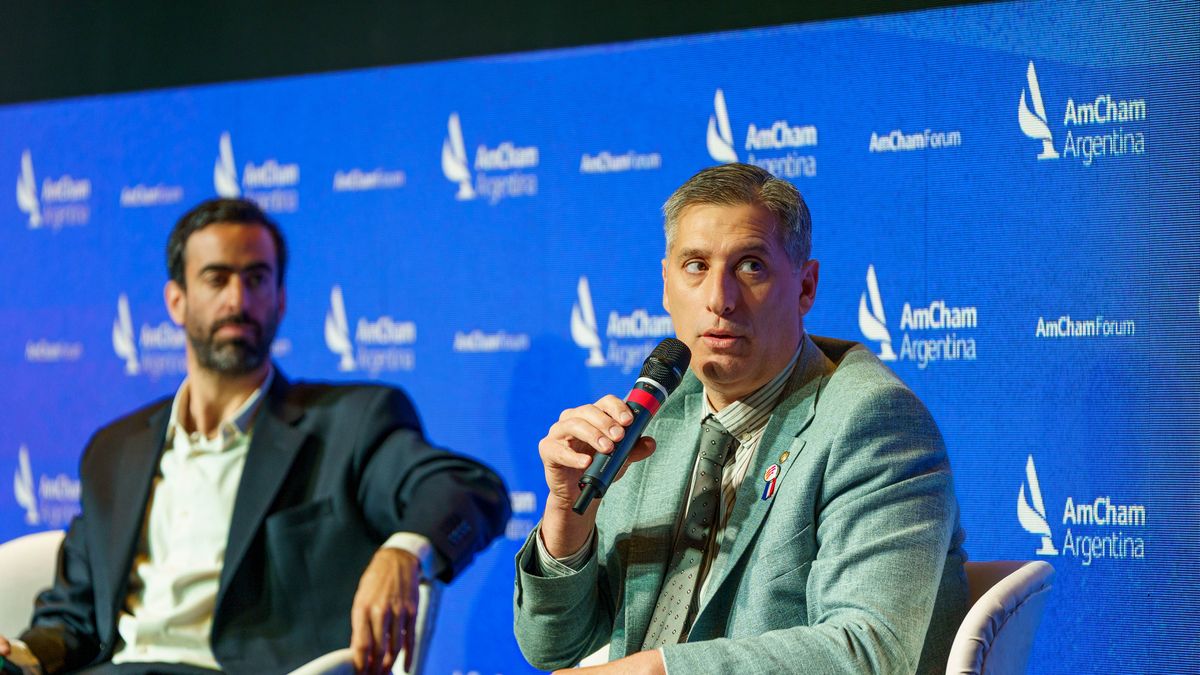There is growing consensus about the multiplicity of phenomena that can cause scenarios of inflation. Coincidentally, it was a report published by the International Monetary Fund in the middle of this year the one that definitively kicked the board in this sense. So much so that, far from positioning the salary increases (or attempts to recompose purchasing power) as a central argument to explain the generalized rise in prices, as happened traditionally, this focuses on the evolution of business profits.
The pandemic and the armed conflict between Russia and Ukraine They gave rise to increases in the costs of imports, mainly in relation to energy. This ended up generating inflation in the European region and, subsequently, in the world in general.
The recent findings of IMF indicate that business profits adjusted upwards faster than salaries and other productive costs, becoming the explanatory factor for almost half of the rise in prices in Europe in recent years. The organization called this behavior “avarinflation”.
Since the response of profits to cost shocks was considerably greater than that of wages, companies were more protected than workers, whose salaries in real terms decreased. In this way, while the average inflation in Europe in 2022 was 9%, salaries increased by 5% and profits increased by 11%. In view of this uneven distribution of income, it is expected that salaries will seek a recovery in their negotiations. And, faced with this scenario, the IMF wonders if firms will be willing to slow down the increase in their profits so that they are compatible with the recovery of real wages.
image.png
Local phenomena
The dynamics described are not foreign to the Argentine economy. Our complex macroeconomy, colored by inflationary inertia and the bullish exchange rate path, is permeable to speculative scenarios.
In the last two years, inflation was well above the depreciation of the peso. While in 2022 inflation was around 95% and devaluation 34%, salaries increased by 81% and the surplus by 72%. Although profits increased to a lesser extent, their participation in gross value added was 45.3%, that is, 1.5% higher than salaries (43.8%). In 2021, the price increase amounted to 51% but the devaluation was around 39%. During that year, salaries increased on average by 53% and profits increased by 85%. However, While profits explained 47.1% of the gross value added, salaries accounted for around 43.1%.
Throughout the four years of Macri’s rule, the share of salary in the added value went from 52% to 46%, while profit increased from 40% to 42%. We also found that in 2018 and 2019 there were two of the worst devaluations in recent history, of 70% and 72%, with a strong transfer to prices of 47.6% and 53.9%, respectively.
In any case, inflation derived from changes in the exchange rate, particularly in a context of external restriction, is not new in Argentina. Since the imposition of the financial valuation model of the last military dictatorship in 1976, a process of external debt and capital flight has been observed, which triggers a series of highly inflationary processes in Argentina, to the clear detriment of salaries.
Currently, the high exchange rate and price volatility constitutes a delicate situation for the Argentine economy. This harms the great majorities, while it ends up being taken advantage of by some minorities, such as the recent case of the destabilizing statements of a presidential candidate, with its consequent impact on the increase in the exchange rate to promote his idea of dollarization.
Dollarization
It is not the first time that the dollarization as an infallible mechanism to stop generalized price increases. Now, dollarizing means that the pesos will be exchanged for dollars, but according to the current parity. The smaller the amount of dollars compared to pesos, the higher the exchange rate will be. Thus, all prices (including salaries) will be expressed in US currency, but at a nominally lower value.
This does not imply the elimination of the inflationbut rather promotes the economy to be reconfigured based on frozen salaries that will buy fewer goods and services than before the devaluation, in a context where prices will still have room to rise and where the Government will have very few tools to intervene and correct relative prices. .
Economist (UBA). Master in Political Economy (FLACSO) (@noelia_abbate)
Source: Ambito




